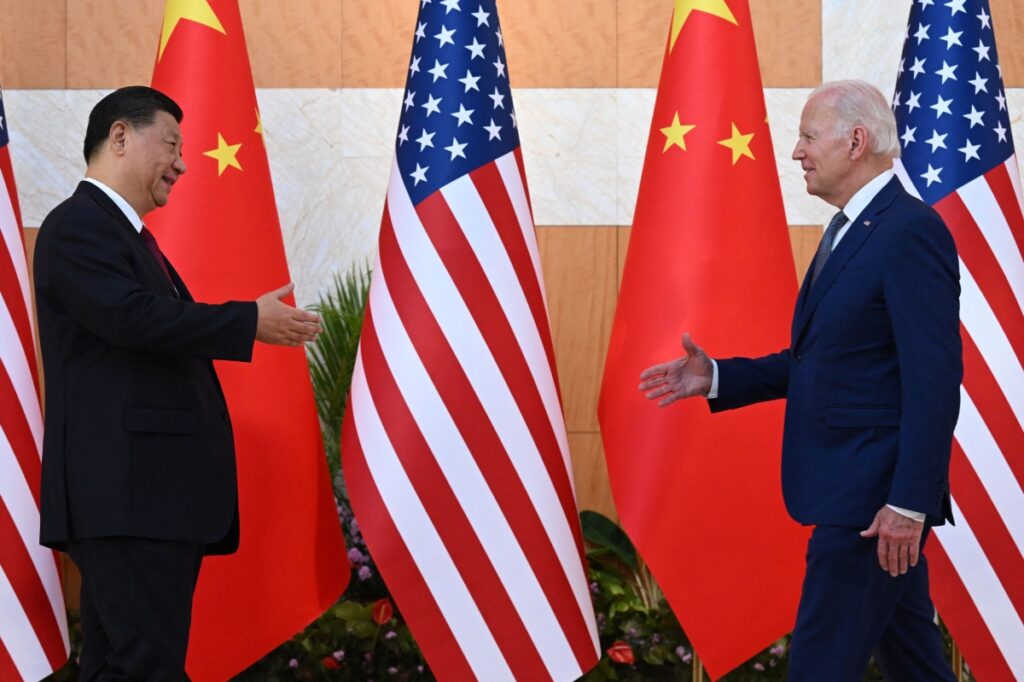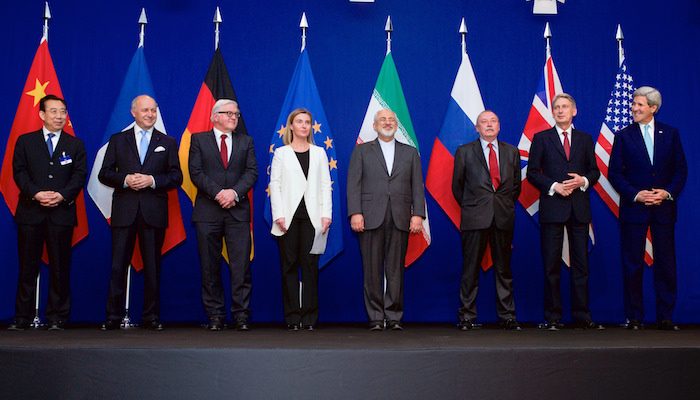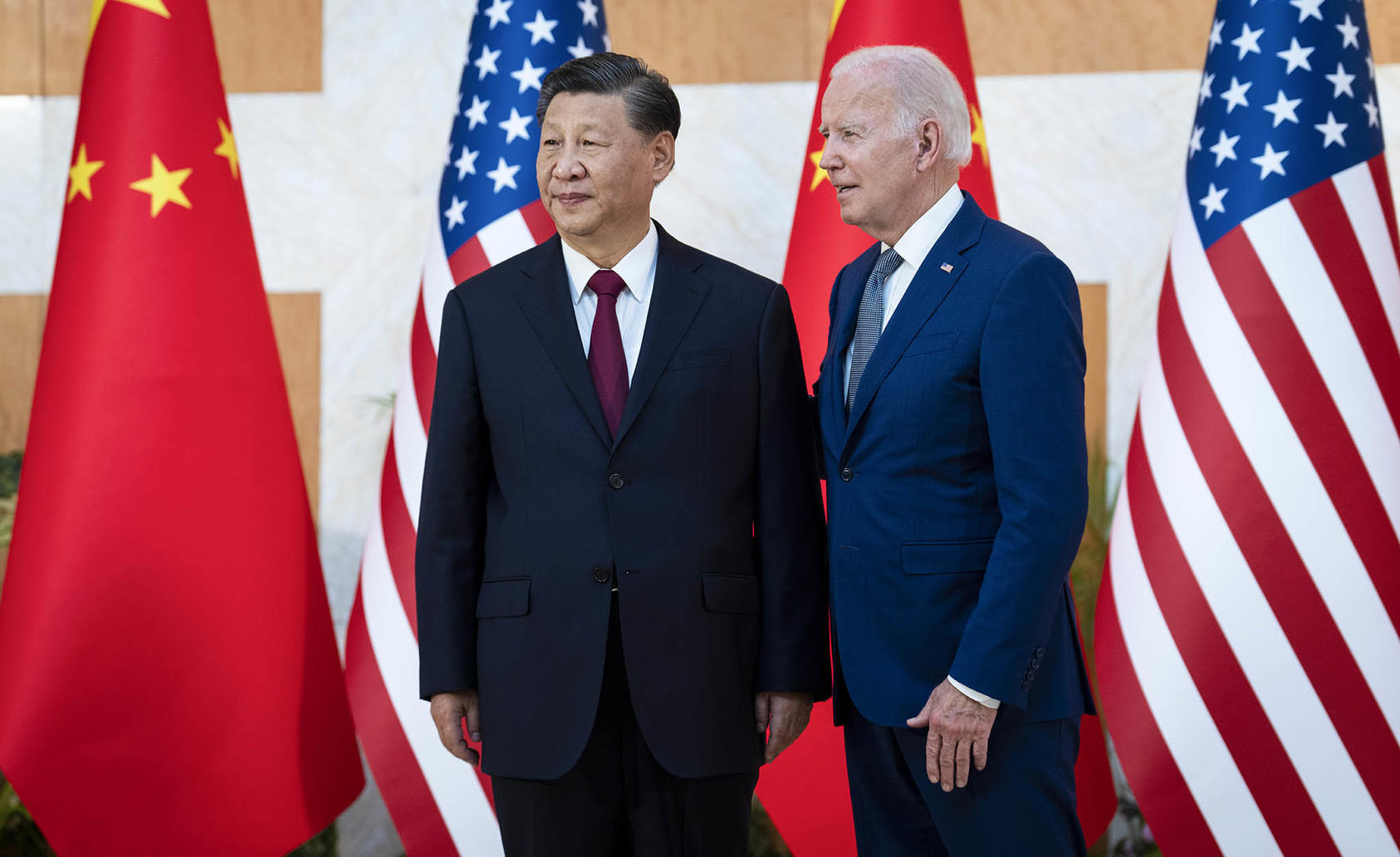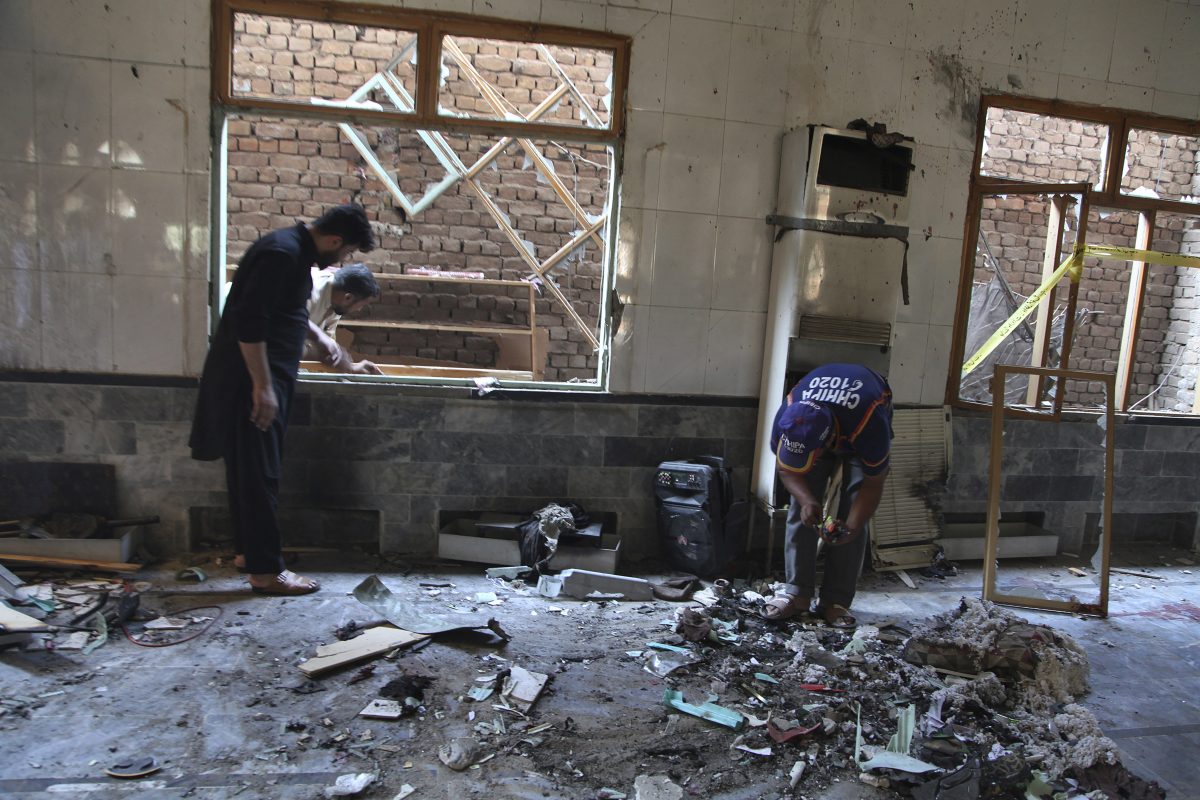Violent Clashes Break Out At A Protest Over Water In France
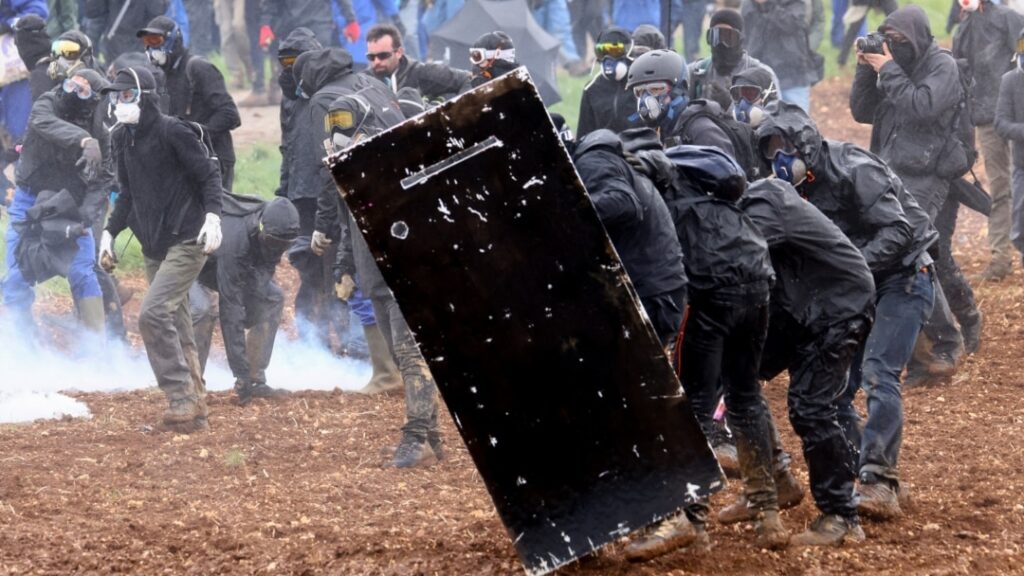
On March 25, 2023, a demonstration against the creation of a new water reserve for agricultural irrigation in Sainte-Soline, central-western France, was organised by the collective “Bassines non merci,” the environmental movement “Les Soulevements de la Terre,” and the French trade union Confederation paysanne. Clashes broke out during the demonstration. The latest in a string of violent standoffs as social tensions flare up across the country saw French police and protestors brawl once more on Saturday as activists attempted to halt reservoir building in the southwest. After days of violent protests around the country over President Emmanuel Macron’s pension reform, which forced the postponement of a visit by King Charles III of the United Kingdom, violent events broke out in Sainte-Soline in western France.
The worst internal problem of Macron’s second term has been the protest movement against the pension reform, which has resulted in daily conflicts between police and protestors in the streets of Paris and other towns. In the skirmishes near Sainte-Soline, demonstrators and security personnel suffered injuries as they attempted to halt the construction of reservoirs for the agricultural sector. Around 25,000 people, as estimated by the organizers and at least 6,000 by local authorities, participated in the late-morning procession. “We will stand up to safeguard water at the same time the nation rises up to defend pensions,” the organizers gathered under the banner of “Bassines non merci” said. Even if they are unrelated to the campaign against pension reform, the disputes over the building of a water reservoir have raised tensions in an environment where the administration is facing more and more difficulties. Charles’ state visit, which was to be his first overseas as king, was cancelled, which was a big embarrassment for Macron and an admission of the gravity of the issue. The past 24 hours have seen a decrease in protest activity following Thursday night’s deadliest skirmishes of the three-month movement. The events in France have shocked people throughout the world. Over a photo of trash building up, the Times of London said, “Chaos reigns in France.”
 Due to a garbage collectors’ strike, the capital’s streets are also littered with trash. The Council of Europe has issued a warning that intermittent violence in protests “cannot justify disproportionate use of force,” but there has also been disagreement around the strategies employed by the French security forces to disperse the demonstrations. In a television interview on Wednesday, Macron resolutely refused to make any compromises, stating that the measures must come into force before the end of the year.
Due to a garbage collectors’ strike, the capital’s streets are also littered with trash. The Council of Europe has issued a warning that intermittent violence in protests “cannot justify disproportionate use of force,” but there has also been disagreement around the strategies employed by the French security forces to disperse the demonstrations. In a television interview on Wednesday, Macron resolutely refused to make any compromises, stating that the measures must come into force before the end of the year.
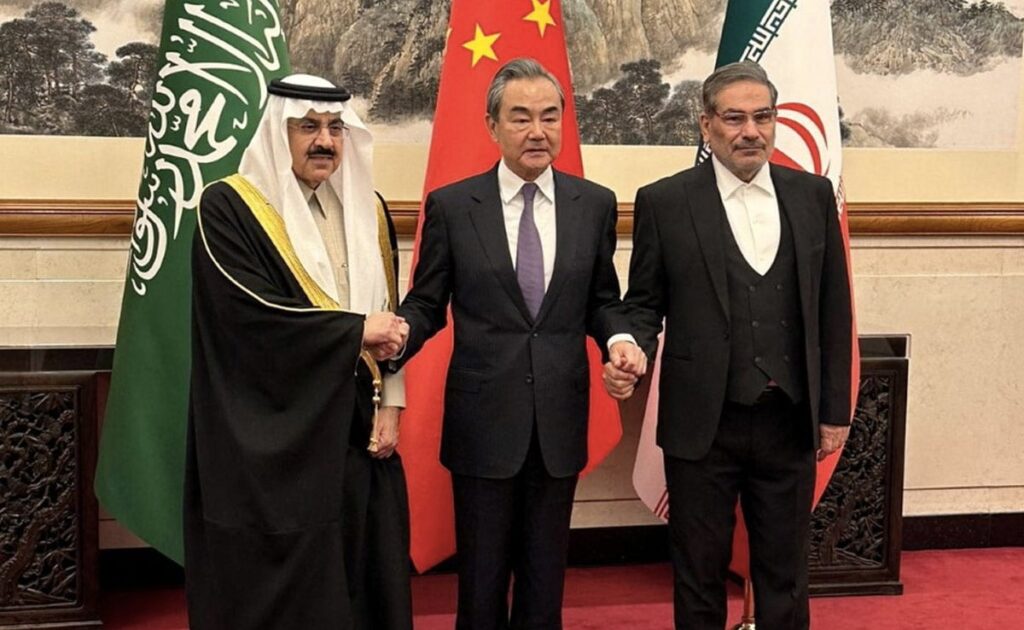
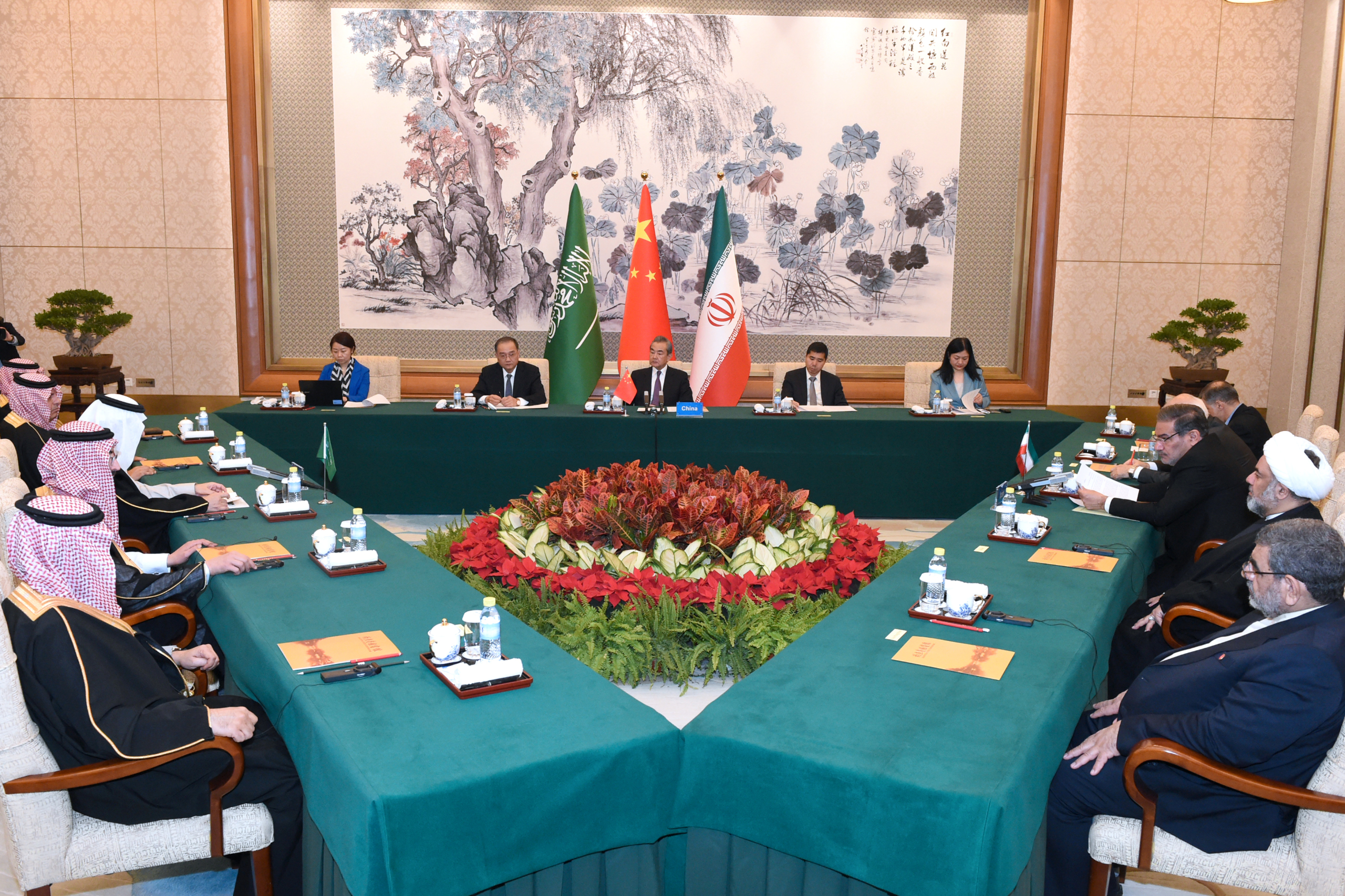 Of course, there are also potential risks and challenges to a rapprochement between Saudi Arabia and Iran. The two countries have deeply entrenched ideological and political differences, and there are hardliners on both sides who may resist any attempts at reconciliation. Moreover, there are other regional and international actors who may seek to undermine any progress towards improved relations.
Of course, there are also potential risks and challenges to a rapprochement between Saudi Arabia and Iran. The two countries have deeply entrenched ideological and political differences, and there are hardliners on both sides who may resist any attempts at reconciliation. Moreover, there are other regional and international actors who may seek to undermine any progress towards improved relations.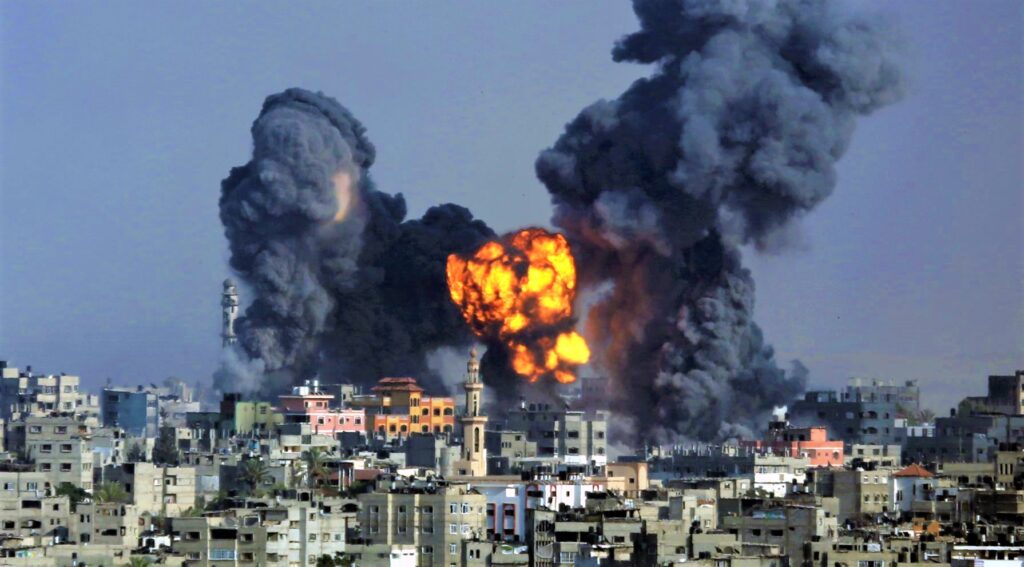



 There are several ways in which domestic capital markets can overcome the challenges they face and operate more effectively:
There are several ways in which domestic capital markets can overcome the challenges they face and operate more effectively:
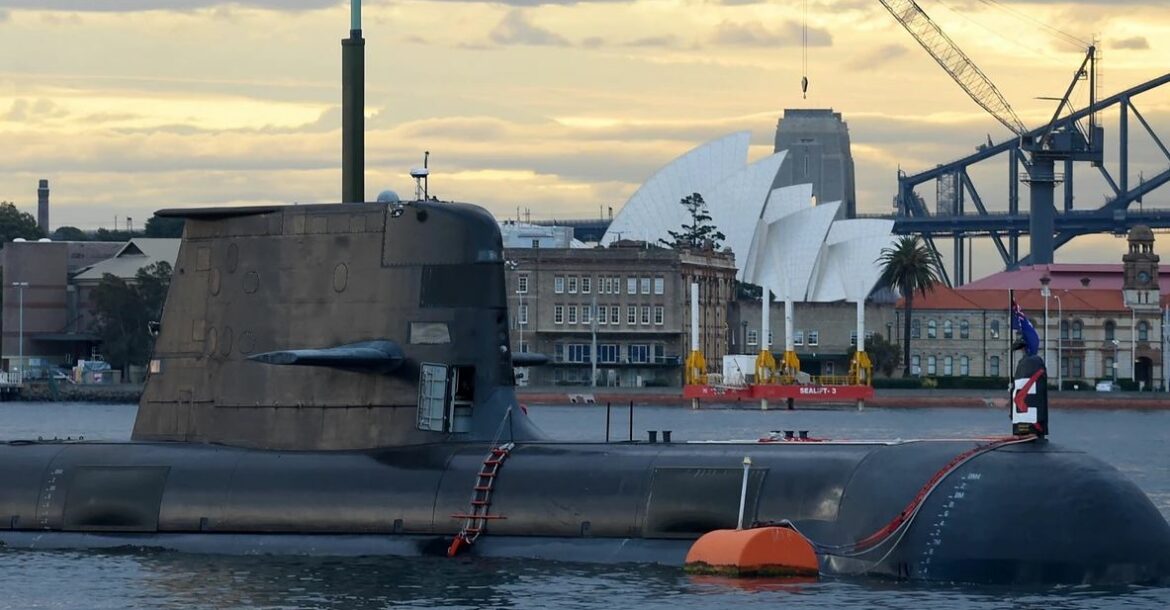 The multi-decade project is expected to cost over $40 billion in the first 10 years and generate 20,000 jobs, according to the Australian government’s projections. Albanese emphasized that Australia had just surpassed Britain as the sole nation to have access to American naval nuclear secrets. The globe, he continued, “where peace, stability, and security promise greater wealth” is what binds us most. The sale of three nuclear-powered, conventionally armed Virginia class ships will take place “over the course of the 2030s,” with the “possibility of going up to five if that is needed,” according to Jake Sullivan, Biden’s national security adviser. Thereafter, Britain and Australia will start construction on a new design known as the SSN-AUKUS, which will also be nuclear-powered and carry conventional missiles. According to Sullivan, there would be “major investments in all three industrial bases” and this will be a British design using US technology.
The multi-decade project is expected to cost over $40 billion in the first 10 years and generate 20,000 jobs, according to the Australian government’s projections. Albanese emphasized that Australia had just surpassed Britain as the sole nation to have access to American naval nuclear secrets. The globe, he continued, “where peace, stability, and security promise greater wealth” is what binds us most. The sale of three nuclear-powered, conventionally armed Virginia class ships will take place “over the course of the 2030s,” with the “possibility of going up to five if that is needed,” according to Jake Sullivan, Biden’s national security adviser. Thereafter, Britain and Australia will start construction on a new design known as the SSN-AUKUS, which will also be nuclear-powered and carry conventional missiles. According to Sullivan, there would be “major investments in all three industrial bases” and this will be a British design using US technology.
 Effects of the prolonged conflict in a region:
Effects of the prolonged conflict in a region: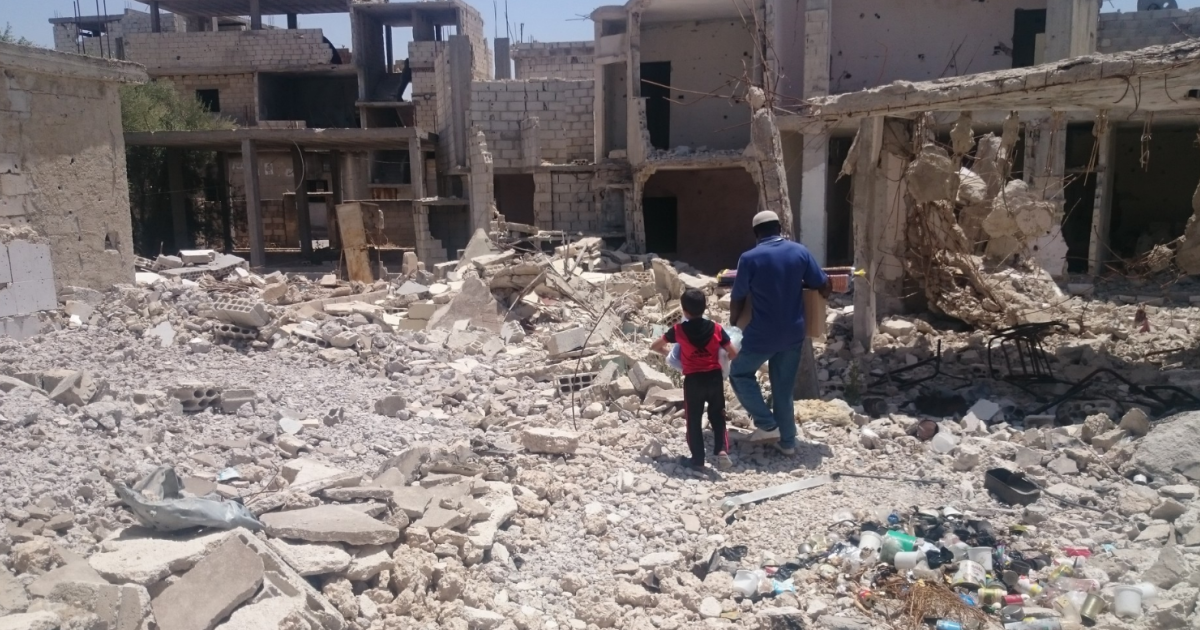 Finally, the war in Syria has had an impact on regional stability. The conflict has spilled over into neighboring countries, with many Syrians seeking refuge in Turkey, Lebanon, and Jordan. The influx of refugees has put a strain on these countries’ resources and has led to social tensions. The conflict has also created opportunities for extremist groups to gain a foothold in the region, further destabilizing the area.
Finally, the war in Syria has had an impact on regional stability. The conflict has spilled over into neighboring countries, with many Syrians seeking refuge in Turkey, Lebanon, and Jordan. The influx of refugees has put a strain on these countries’ resources and has led to social tensions. The conflict has also created opportunities for extremist groups to gain a foothold in the region, further destabilizing the area.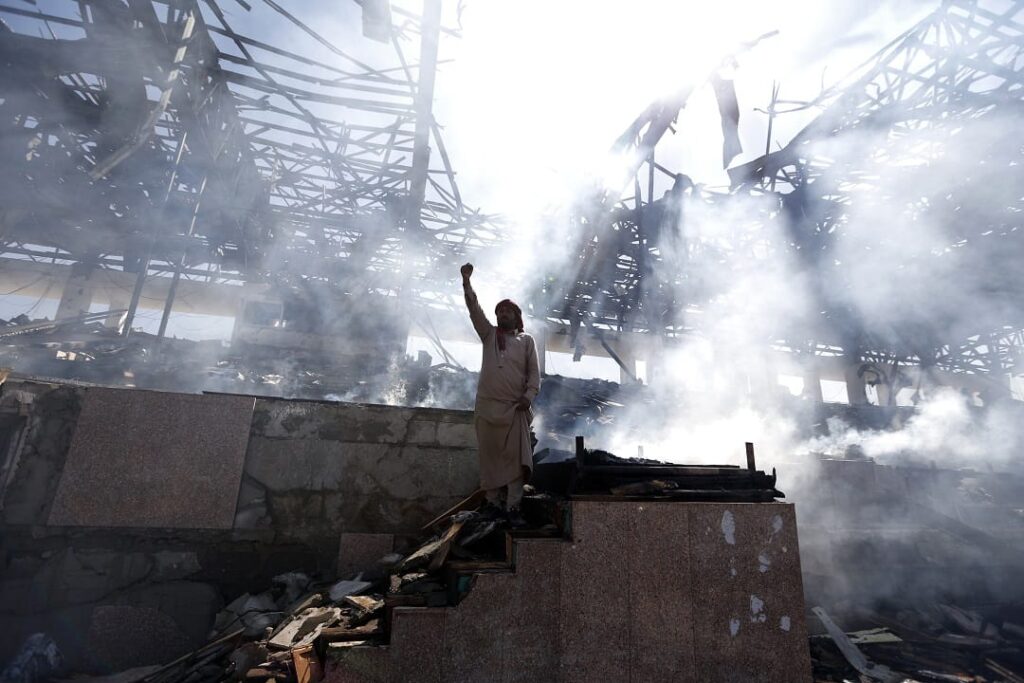
 One of the most significant effects of protracted political conflicts is economic instability. When there is political unrest, investors tend to shy away from investing in the country. This lack of investment can lead to a decrease in economic growth and development, as well as a decline in the standard of living for citizens. Additionally, the lack of economic opportunities can lead to an increase in poverty, which can lead to further unrest and conflict. Another effect of protracted political conflicts is social instability. When there is conflict between different groups, it can lead to a breakdown in social cohesion, as people begin to identify more with their group identity than with their identity as citizens of the country. This can lead to an increase in discrimination, xenophobia, and even violence. Moreover, people tend to lose their trust in the government and other institutions, leading to further social instability. Protracted political conflicts can also lead to violence and war. When conflicts between groups are not resolved through peaceful means, they can escalate into violence, and in extreme cases, even civil war. This can have devastating effects on the country, including loss of life, destruction of infrastructure, displacement of people, and a breakdown in the rule of law. Even when conflicts are not violent, they can still lead to a sense of mistrust and bitterness between groups, which can have long-lasting effects on the country’s social fabric.
One of the most significant effects of protracted political conflicts is economic instability. When there is political unrest, investors tend to shy away from investing in the country. This lack of investment can lead to a decrease in economic growth and development, as well as a decline in the standard of living for citizens. Additionally, the lack of economic opportunities can lead to an increase in poverty, which can lead to further unrest and conflict. Another effect of protracted political conflicts is social instability. When there is conflict between different groups, it can lead to a breakdown in social cohesion, as people begin to identify more with their group identity than with their identity as citizens of the country. This can lead to an increase in discrimination, xenophobia, and even violence. Moreover, people tend to lose their trust in the government and other institutions, leading to further social instability. Protracted political conflicts can also lead to violence and war. When conflicts between groups are not resolved through peaceful means, they can escalate into violence, and in extreme cases, even civil war. This can have devastating effects on the country, including loss of life, destruction of infrastructure, displacement of people, and a breakdown in the rule of law. Even when conflicts are not violent, they can still lead to a sense of mistrust and bitterness between groups, which can have long-lasting effects on the country’s social fabric.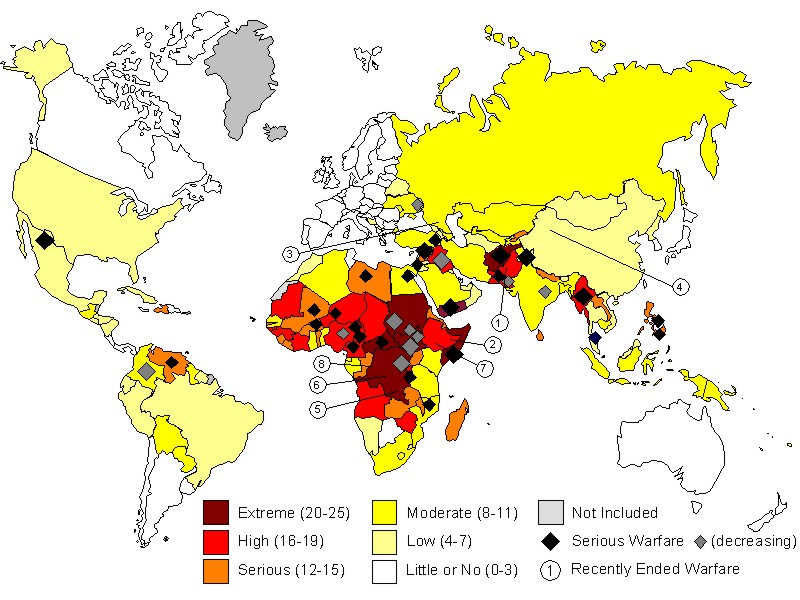 Protracted political conflicts also have significant economic consequences. Such conflicts often result in instability, uncertainty, and a lack of investment, which can harm the country’s economy. Businesses and investors are hesitant to put money into a country that is characterized by conflict, as they fear their investments will be lost. This can lead to a decline in economic activity, job losses, and a reduction in the standard of living for the people. Another effect of protracted political conflicts is the erosion of democratic institutions and values. In countries where conflicts persist for long periods, it is common for political leaders to use authoritarian tactics to maintain power. This can lead to a decline in the rule of law, the suppression of free speech, and the curtailing of civil liberties. Over time, such actions can undermine the foundations of democracy and lead to a culture of fear and repression. Furthermore, protracted political conflicts can result in a loss of life and displacement of people. In some cases, conflicts can escalate into full-blown wars, leading to significant loss of life and the destruction of infrastructure. Even in cases where conflicts do not turn violent, they can still result in the displacement of people from their homes, causing significant hardship and suffering.
Protracted political conflicts also have significant economic consequences. Such conflicts often result in instability, uncertainty, and a lack of investment, which can harm the country’s economy. Businesses and investors are hesitant to put money into a country that is characterized by conflict, as they fear their investments will be lost. This can lead to a decline in economic activity, job losses, and a reduction in the standard of living for the people. Another effect of protracted political conflicts is the erosion of democratic institutions and values. In countries where conflicts persist for long periods, it is common for political leaders to use authoritarian tactics to maintain power. This can lead to a decline in the rule of law, the suppression of free speech, and the curtailing of civil liberties. Over time, such actions can undermine the foundations of democracy and lead to a culture of fear and repression. Furthermore, protracted political conflicts can result in a loss of life and displacement of people. In some cases, conflicts can escalate into full-blown wars, leading to significant loss of life and the destruction of infrastructure. Even in cases where conflicts do not turn violent, they can still result in the displacement of people from their homes, causing significant hardship and suffering.

